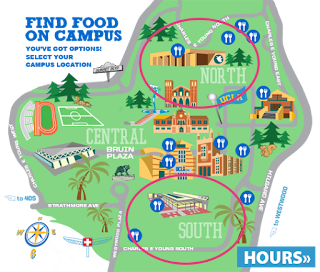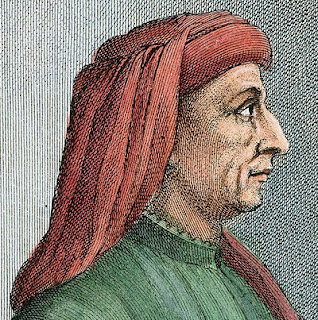Week 7 blog
In this weeks lecture Professor Vesna discusses the correlation between neuroscience and art. She questions the notion of what is conscious and unconscious and how will consciousness merge into computers. Professor Vensa explains how technology has enabled us to get a better idea of how the brain operated and how scientists are discovering more and more information about neuroscience.
Santiago Ramon, a writer and statesman discovered how "you can read out the connection pattern between neurons by simply looking at their shapes"(Lecture). This man discovers this technique a couple hundred years ago. He also explains how "only artists are attracted to science" (Lecture). This statement is interesting because now that I think about it a lot of scientists have creative minds and they are all artists.
Professor Vensa talks about dreams and explains how 95% of dreams are forgotten. She also explains how "we have so much research about dreams but yet we know so little"(Lecture). This brings me to question the conscious vs. unconscious and whether we're more creative while were unconscious. When we dream we may only remember 5% of it but its part of the creative process our minds are capable of.
Santiago Ramon, a writer and statesman discovered how "you can read out the connection pattern between neurons by simply looking at their shapes"(Lecture). This man discovers this technique a couple hundred years ago. He also explains how "only artists are attracted to science" (Lecture). This statement is interesting because now that I think about it a lot of scientists have creative minds and they are all artists.
Professor Vensa talks about dreams and explains how 95% of dreams are forgotten. She also explains how "we have so much research about dreams but yet we know so little"(Lecture). This brings me to question the conscious vs. unconscious and whether we're more creative while were unconscious. When we dream we may only remember 5% of it but its part of the creative process our minds are capable of.
Vensa, Victoria. "Neuroscience + Art."Lecture 1. 2017.
Vensa, Victoria. "Neuroscience + Art."Lecture 2. 2017.
Vensa, Victoria. "Neuroscience + Art."Lecture 3. 2017.
"Jeremy Taylor, D.Min." Dream Work | The Creative Impulse in Dreams. N.p., n.d. Web. 22 May 2017.
"The Conscious, Subconscious, And Unconscious Mind – How Does It All Work?" The Mind Unleashed. N.p., 05 Nov. 2014. Web. 22 May 2017.






Comments
Post a Comment